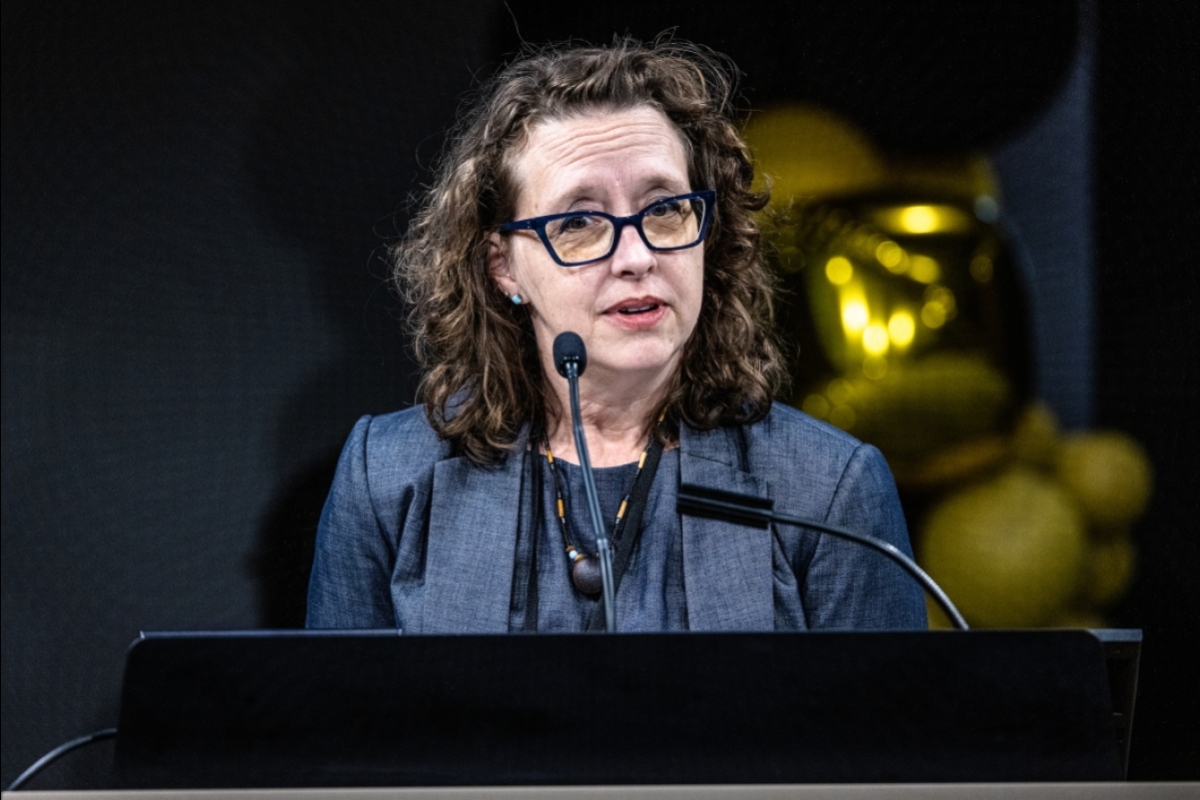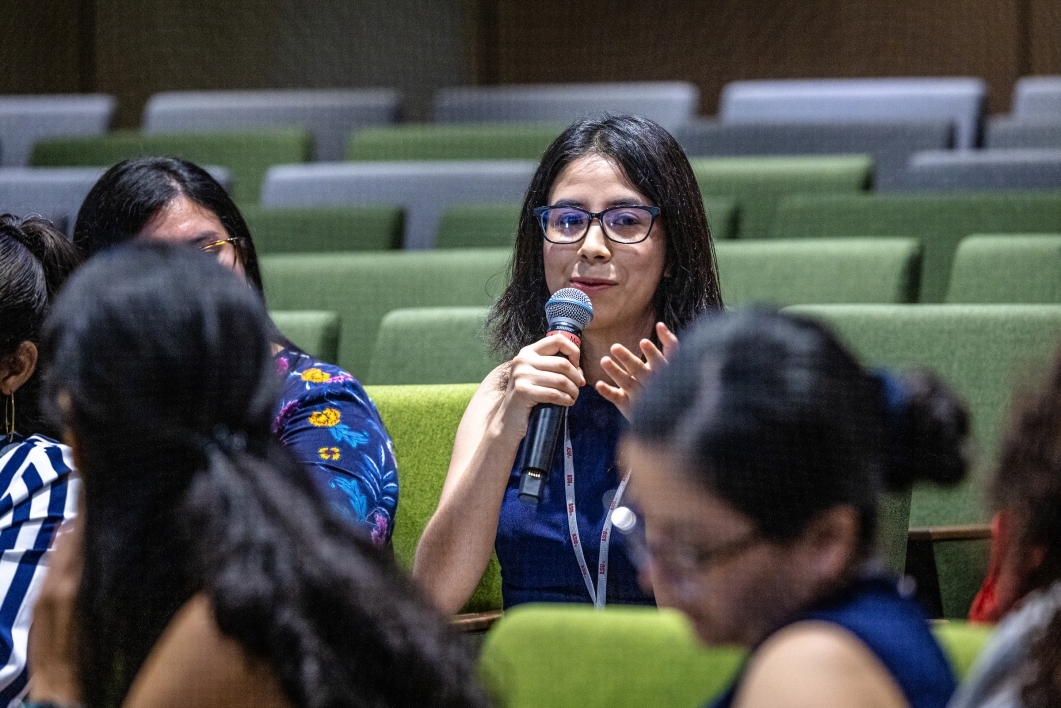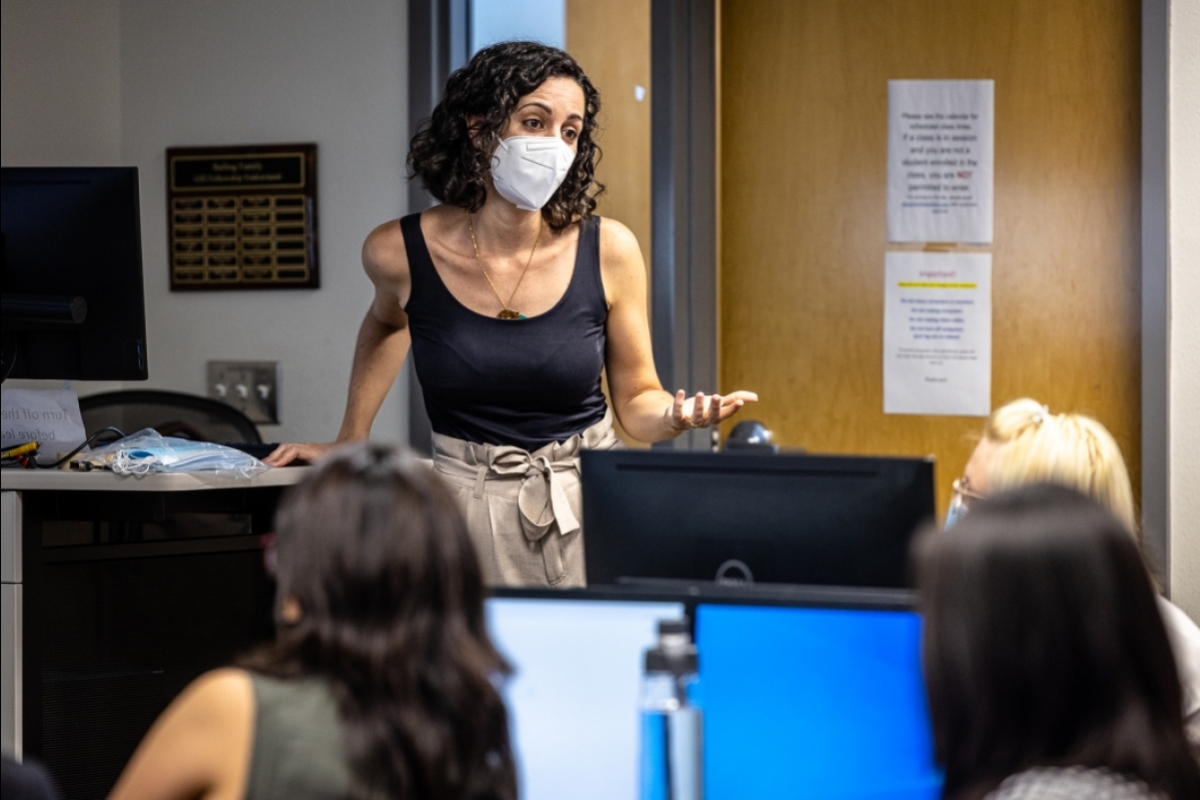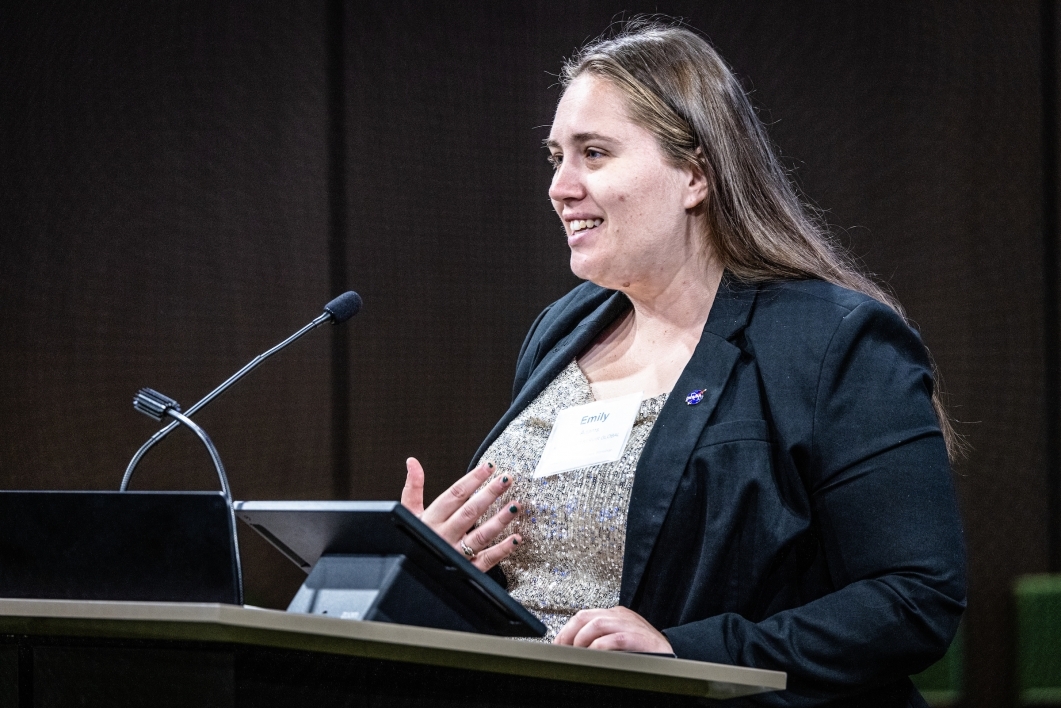Scientists get boost at ASU for their climate change work in the Amazon
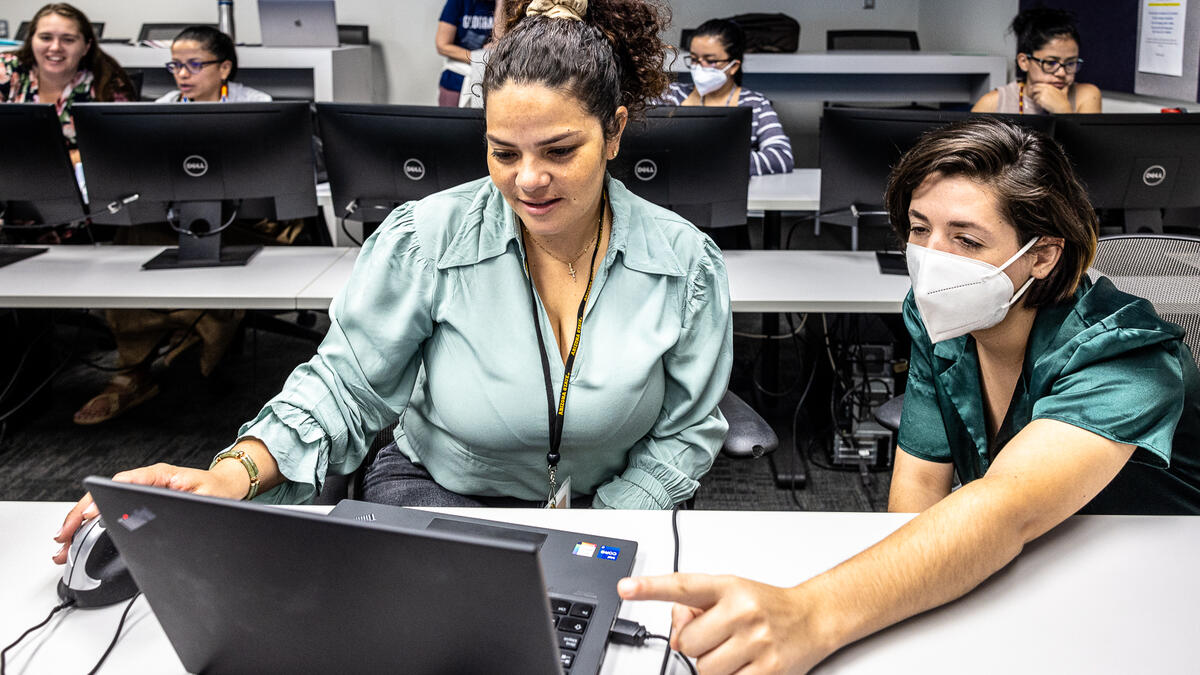
Nearly two dozen women from South America spent this past week at Arizona State University becoming more empowered to fight climate change in their communities.
The 23 women, from Brazil, Colombia, Ecuador, Guyana and Peru, attended a conference titled, “Advancing Women’s Prosperity in the Workplace.”
The conference was sponsored by SERVIR, a joint initiative of NASA and the U.S. Agency for International Development to use geospatial technology to address environmental issues, and ASU’s Knowledge Exchange for Resilience, which harnesses research to help communities in Maricopa County.
The women work in organizations and government agencies utilizing geographic information systems, remote sensing and global navigation satellite systems in the Amazon region. But with few women in their fields, they face challenges. SERVIR has committed to engaging early-career women around the world to improve access and help them pursue pathways in the field.
Patricia Solis, executive director of the Knowledge Exchange for Resilience, told the women they were at the conference because of the seriousness of climate change.
“There’s crisis all over the world. Half of the world’s population struggles and has many barriers to contribute to solving this – women,” said Solis, an associate research professor in the School of Geographical Sciences and Urban Planning at ASU and an organizer of the conference.
“There’s a gap in women’s engagement and participation in some of the most powerful technologies and tools and ideas to address important ideas like climate change and deforestation, water, drought resilience.”
During a week of lectures and labs, the women learned about data sets they could access, tools they could use and how to network and grow their careers. Here’s some of what they covered:
Maps and data sets
Emily Adams, a research scientist with the University of Alabama in Huntsville who works with SERVIR programs in Africa, said that SERVIR emerged from a place of need because climate change is a reality.
“We know that disadvantaged and marginalized communities are most affected, and that satellite data and observations have the power to help us understand the impacts to our communities,” she said.
But data is lacking from remote regions, and “we can leverage satellite data to help us fill in the gaps.”
Adams said that SERVIR works to ensure that the perspectives of women and other marginalized groups are included in the communication of the environmental-tracking services it provides. Those services include things like flood warnings and crop mapping.
“We have built a team to think about a more transdisciplinary approach to make sure the science we do that is more inclusive.”
Lasers from space
Laura Dunansen, an assistant professor in the Department of Geographical Sciences at the University of Maryland, spoke to the women virtually about the GEDI program, for Global Ecosystem Dynamics Investigation, which uses lidarlight detection and ranging from space to map forests on Earth.
A refrigerator-size box is plugged into the side of the International Space Station and uses three lasers pointed at the Earth’s surface. Launched in 2018, GEDI has collected more than 16 billion data points since 2019, she said.
Duncansen translates those data points into estimates of forest coverage. All of the data is free and downloadable.
“The Brazilian Amazon is crucial. You’re losing so much protected forest,” she told them. “These are the most important places to maintain protections and then expand it.
“And we can rely only on satellite mapping. We always need field data.”
Validation
Elizabeth Wentz, dean of the Graduate College at ASU and director of the Knowledge Exchange for Resilience, had the women write down 20 accomplishments that made them proud.
“What is it that inspires you? What is it that you’re passionate about?” she said. “Thinking about what inspires you is important in keeping this work going.”
Wentz, a professor at the School of Geographical Sciences and Urban Planning at ASU, said that women are 33% less likely than men to engage in self-promotion.
“To say, ‘I accomplished this.’ Part of the reason why is that women are punished for self-promotion. There’s a negative consequence,” she said.
“We’re always facing these tensions and, in many respects, held to a higher standard.”
She told the women that it’s important to seek out external validation for themselves and each other.
“If the award doesn’t exist, create it,” she said.
Engaging communities
The women heard from Christina You-sun Park, assistant director of the Studio for Creativity, Place and Equitable Communities in the Herberger Institute for Design and the Arts. She described how the studio works with communities to define what the residents want and empower them to achieve it.
“Sometimes there’s a disconnect between us as humans and the systems we’re living in. How do we make that connection closer?” Park said.
“It’s a great portal to make people feel like they have ownership of things, that they have a connection and the ability to make change in the community.”
Park said that working with artists or food culture are good ways to get a foothold into a community and begin the process. The women divided into groups to discuss how they might use creative-placemaking principles in their communities.
Bianca Chaves Marcuartú said that there is a collective of women who produce jam in her Brazilian state of Para, and her group proposed tying their value to the health of the forest.
“We thought that we can make people understand the meaning and importance of keeping the forest protected and preserved for food so you can have those things you cherish,” she said.
Networking
One of the participants, Natalia Uribe Rivera, who works for SERVIR Amazonia in Colombia, said she and her peers found the conference sessions to be informative and, sometimes, emotional.
“It’s triggering memories of how hard it was for me to achieve the point I am now in a professional way,” said Uribe, who did her PhD in the Netherlands and created an app that uses geospatial technology to help farmers improve crop production.
“Now I’m more confident about my skills, but I see my colleagues are not that way.
“It’s touched me to see that there are many things to improve in our culture, and how important women are to making change,” she said. “But I’m so motivated because I know we’ll have a nice group to be empowered and work together for the community.”
Top photo: Natalia Uribe Rivera (left), of Colombia, and Vanesa Martín, with SERVIR Amazonia in Huntsville, Alabama, work together on an example of using volunteer and crowdsourced data for obtaining land-cover information during one of the sessions of the weeklong “Advancing Women’s Prosperity in the Workplace" conference. Photo by Charlie Leight/ASU News
More Environment and sustainability

Rethinking Water West conference explores sustainable solutions
How do you secure a future with clean, affordable water for fast-growing populations in places that are contending with unending drought, rising heat and a lot of outdated water supply infrastructure…
Meet the young students who designed an ocean-cleaning robot
A classroom in the middle of the Sonoran Desert might be the last place you’d expect to find ocean research — but that’s exactly what’s happening at Harvest Preparatory Academy in Yuma, Arizona.…

From ASU to the Amazon: Student bridges communities with solar canoe project
While Elizabeth Swanson Andi’s peers were lining up to collect their diplomas at the fall 2018 graduation ceremony at Arizona State University, she was on a plane headed to the Amazon rainforest in…


